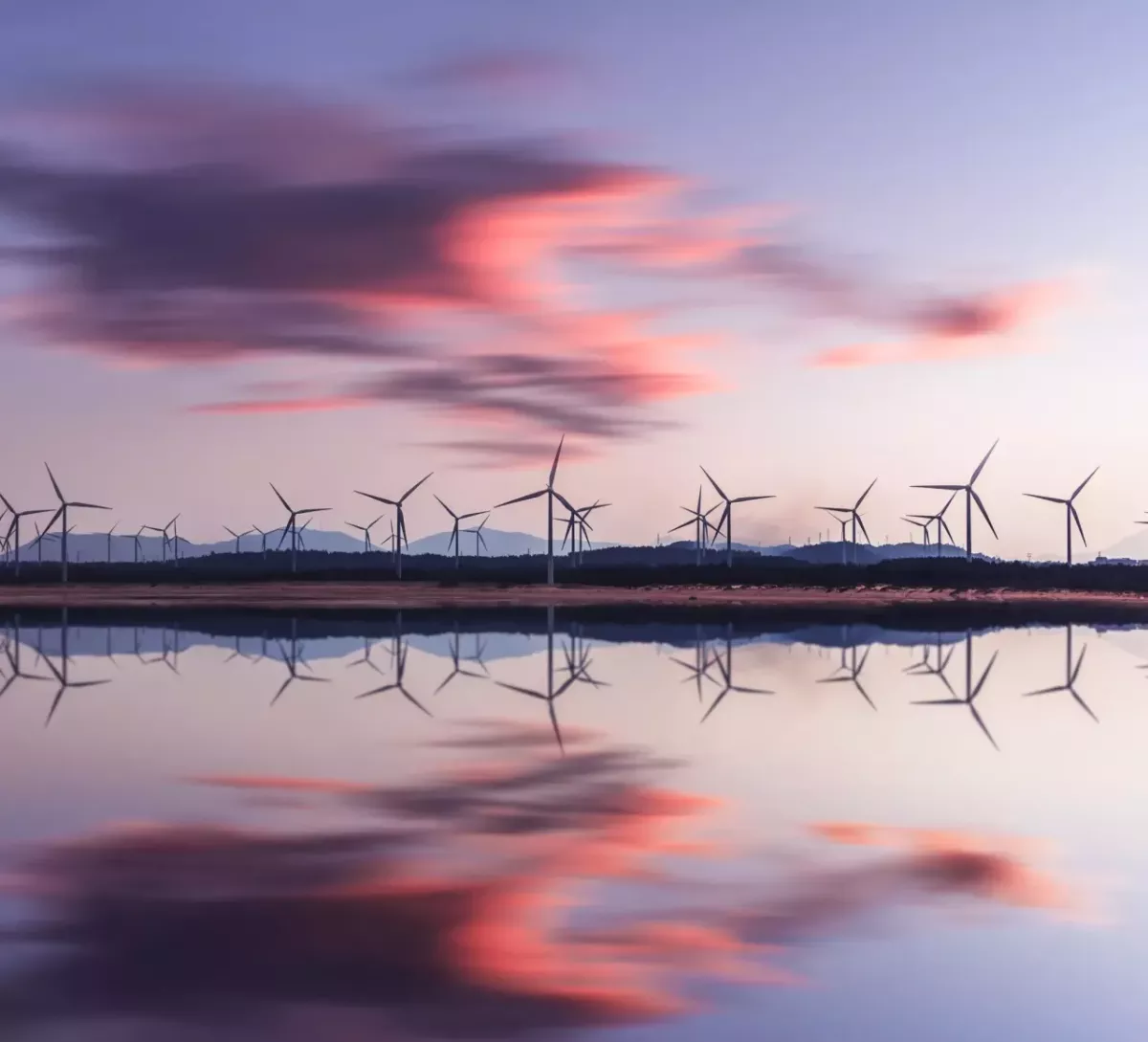Delivering Tangible Climate Action Through the Circular Economy
By Greg Smith, Executive Director and General Manager, EMEA Services and Solutions Group

Curbing our global carbon footprint and ensuring sustainability is a cause that resonates deeply with businesses and individuals across the globe. In today’s evolving landscape, where sustainability targets and regulations are becoming more stringent, and a profound shift towards more sustainable practices is taking root, this mission has never been more important.
As climate change moves to the forefront of today’s issues, one thing is clear: Our linear economy isn’t working. 89% of organisations currently recycle less than 10% of their IT hardware[1], resulting in over 50 million tons of e-waste dumped into the environment every year[2]. That’s the equivalent of 1,000 laptops discarded every second. And recycling is just one aspect of the linear economy that we need to tackle.
In the pursuit of a sustainable future, it’s imperative that we put our collective minds and most innovative ideas to work. Our responsibility extends beyond the present, transcending into the legacy we leave for future generations. We need to embrace a circular economy built on the principles of use less (reduce), use longer (reuse), use again (recycle), and make clean.
There are plenty of opportunities for organisations to embrace the circular economy, with emerging business models including circular inputs, recycling returned materials into new components; sharing platforms, facilitating collaborative consumption including coworking; product as a service, comprising pay-as-you-go purchase models; product use extension, including take-back, re-lease and recycling, and resource recovery, converting waste into secondary raw materials.
From manufacturing through to end-of-life, Lenovo supports sustainability at every step of the journey. 31,532 metric tons of products were recycled and reused in 2022 through Lenovo ARS and product take-back programs[3]. Since early 2005, over 130 million kg of recycled plastics went into our products[4], with closed-loop post-consumer recycled (CL-PCR) content incorporated in nearly 300 Lenovo devices[5].
Lenovo works closely with partners to deliver sustainability solutions that help extend device life, with services such as Premier Support Plus delivering quick repairs, predictive and proactive monitoring, extended battery warranty, and accidental damage protection. Lenovo Asset Recovery Services helps minimise e-waste and our Recertified solutions offer refurbished devices and servers. With the digital workplace growing, you need an effective way to manage your end-user devices. Lenovo TruScale Device as a Service helps deploy just what you need, manage your fleet of end-user devices, and responsibly recycle your old IT assets, helping you embed circularity into your IT lifecycle right from the beginning with an effective pay-as-you-go subscription model.
Additional ways to reduce your carbon footprint
While reduce emissions is always the goal, sometimes it’s necessary to look at additional ways to reduce your carbon footprint. Carbon offsetting is a tangible way for businesses to take responsibility for their carbon emissions. It involves purchasing carbon credits to compensate for greenhouse gas emissions, with calculations grounded in real-world data.
Innovative solutions such as Lenovo CO2 Offset Services have elevated the concept, with the purchase of credits directly linked to the purchase of a new or existing Lenovo device. With Lenovo CO2 Offset Services, we estimate the carbon emissions across the entire lifecycle of the device from manufacturing to shipping, typical use, and end-of-life.
The beauty of these carbon offsets lies in their contribution towards a variety of climate action projects, ranging from solar power development projects to wind farms, and destruction of industrial gas. The projects are verified by independent third-party organisations, such as United Nations, CDM, Gold Standard®, and Climate Action Reserve.
Lenovo has already helped our partners to offset more than 1 million metric tonnes of carbon dioxide associated with the purchase of their IT equipment5. That’s the equivalent of the amount of greenhouse gas emitted from over 215,000 passenger vehicles driven over the course of one year5 and has been achieved by companies considering sustainability when choosing their technology partner.
An integral part of your sustainability journey
It’s essential to emphasise that carbon offsetting should never be your first port of call when it comes to implementing a more robust sustainability strategy within your business. The first step in your sustainability journey should always involve embracing the circular economy and finding innovative ways to reduce your emissions.
By looking at how your business can reduce waste, reuse, and recycle, take responsibility for any unavoidable emissions, and support climate action projects, you can take tangible action to better manage your IT carbon footprint.
- [1] Capgemini Research Institute, “Sustainable IT,” January 2023
- [2] World Economic Forum, “A New Circular Vision for Electronics,” 2019
- [3] Lenovo Internal data
- [4] Lenovo ESG Report FY 2022/23
- [5] Lenovo ESG Report FY 2022/23

